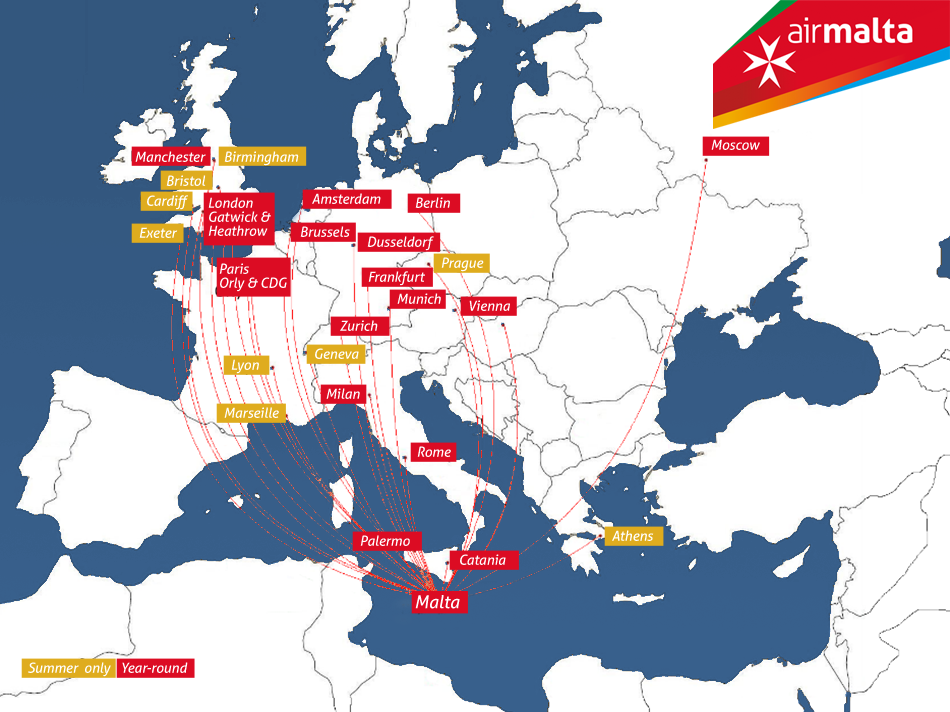


The capability to maintain the curriculum for the semester" "This use case is initiated by the Registrar actor. Select the Maintain Curriculum use case and enter a few lines of the description. See how a use-case description is created. The functionality of the system that is performed when the use case is

Of events and any alternate flow of events. As analysis progresses, more use casesĬreate the use cases in the use-case view of the browser.Įach use case contains a description of the major flow This system, some of the use cases are: Maintain Curriculum, Register forĬourses, and Select Courses to Teach. Next, use cases are developed for each of the actors. Their documentation using the Documentation window. ThereĪre four actors: Professor, Student, Registrar, and the Billing System.Ĭreate the actors in the use-case view of the browser. The first step is the identification of the actors. View, component view, and deployment view. Open the browser and see the views: use-case view, logical We are going to model a course registration system for a Visibility of the windows is controlled by the View menu. See the Browser and Documentation windows. Review the windows in the Rational Rose 4.0 Diagram, Browser, and Documentation windows The second part of the walkthrough covers C++ round-trip engineering. It has been used to train programmers to extract working and consistent systems out of use case specifications.This first part of this demo scenario walks you through the modeling capabilities of Rational Rose 4. This enhancement to robustness diagram helps to patch the gap between abstract model and project into a paved continuum. Rules carefully stated for robustness diagram can help to translate high-level information into well-behaved and predictable symbolic descriptions. Increasing the number of stereotypes we can achieve a closer match from model to design. Symbols convey the abstraction necessary to catch the model semantics. Stereotyping is the essence behind its robustness diagram mechanics.

This very simplicity may, however, detract its value, falling short of capturing the rich business semantics. Robustness diagrams are a simple solution for drafting a more formal description for business modelling. However, it specifies an abstraction beyond practicity to guide system design process. Use case driven development has proven being a good approach for capturing problem semantics in an orderly, structured description.


 0 kommentar(er)
0 kommentar(er)
